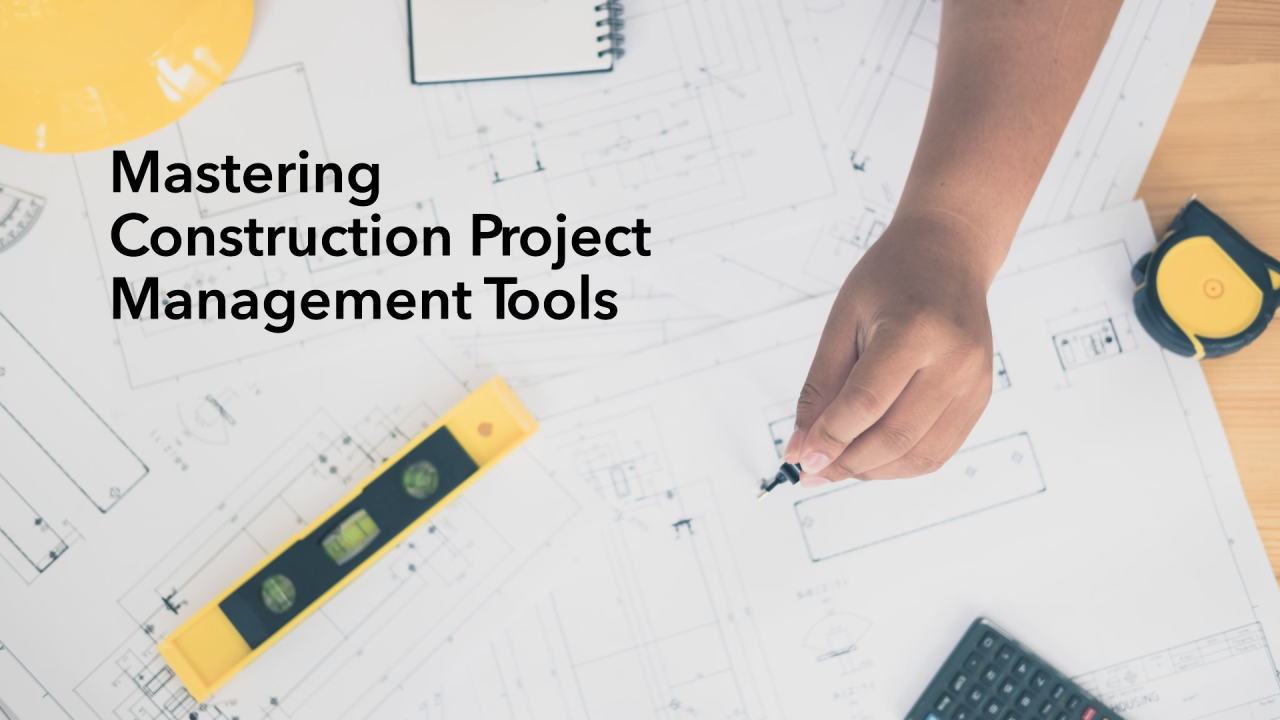The Future of Construction: Exploring the Latest Project Management Tools
The construction industry is evolving rapidly, driven by technological advancements that enhance efficiency, collaboration, and project delivery. In recent years, a variety of project management tools have emerged, specifically designed to meet the unique challenges of construction projects. In this article, we’ll explore some of the newest tools available and discuss how to effectively integrate them into your workflow.
1. BIM (Building Information Modeling)
Overview
BIM is a digital representation of physical and functional characteristics of a project. It provides a shared knowledge resource for information about a facility, forming a reliable basis for decisions.
How to Use:
- Collaboration: Use BIM for collaboration among architects, engineers, and contractors. Share models to ensure everyone is aligned.
- Visualization: Leverage 3D models for better visualization of the project, which helps in identifying potential issues early.
- Clash Detection: Utilize clash detection tools within BIM software to resolve conflicts before construction begins.
2. Project Management Software
Examples
Procore, PlanGrid, and CoConstruct are leading options.
How to Use:
- Centralized Communication: Use these platforms for centralized communication to keep all stakeholders informed.
- Document Management: Upload and manage project documents in one place for easy access and version control.
- Task Tracking: Assign tasks, set deadlines, and monitor progress to ensure the project stays on schedule.
3. Mobile Applications
Examples
Fieldwire and e-Builder provide mobile solutions for on-site management.
How to Use:
- Real-Time Updates: Use mobile apps for real-time updates and communication among teams in the field.
- Photo Documentation: Take photos of job sites and attach them to tasks or reports for better record-keeping.
- Time Tracking: Implement time-tracking features to manage labor costs and productivity effectively.
4. Drones
Overview
Drones are increasingly used for site surveys, inspections, and monitoring progress.
How to Use:
- Site Surveys: Use drones to perform site surveys quickly and accurately, capturing aerial views and topographical data.
- Progress Monitoring: Regularly fly drones to capture images and videos of project progress, allowing for visual reporting.
- Safety Inspections: Employ drones to conduct safety inspections of hard-to-reach areas, minimizing risks to personnel.
5. Cloud-Based Collaboration Tools
Examples
Microsoft Teams and Slack facilitate real-time collaboration.
How to Use:
- Group Chats: Set up dedicated channels for different projects or teams to streamline communication.
- File Sharing: Utilize cloud storage for easy sharing of project documents and blueprints.
- Integration: Integrate these tools with other project management software to centralize data and improve workflow.
6. Artificial Intelligence (AI)
Overview
AI is transforming project management by automating routine tasks and providing predictive analytics.
How to Use:
- Data Analysis: Use AI tools to analyze past projects and forecast potential risks or delays in current projects.
- Chatbots: Implement chatbots for instant answers to common queries from team members, enhancing communication.
- Automated Reporting: Leverage AI to generate reports automatically, saving time and reducing errors.
Conclusion
Embracing the latest construction project management tools can significantly enhance the efficiency and effectiveness of your projects. By integrating these technologies into your workflow, you can improve collaboration, streamline processes, and ultimately deliver projects on time and within budget. As the construction industry continues to innovate, staying ahead of the curve with the right tools will be crucial for success.
Call to Action
Are you ready to revolutionize your construction management approach? Explore these tools today and see how they can transform your projects!

